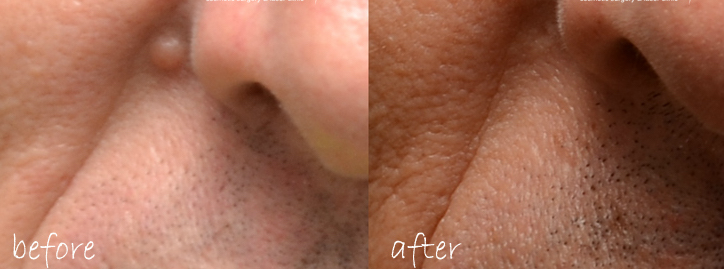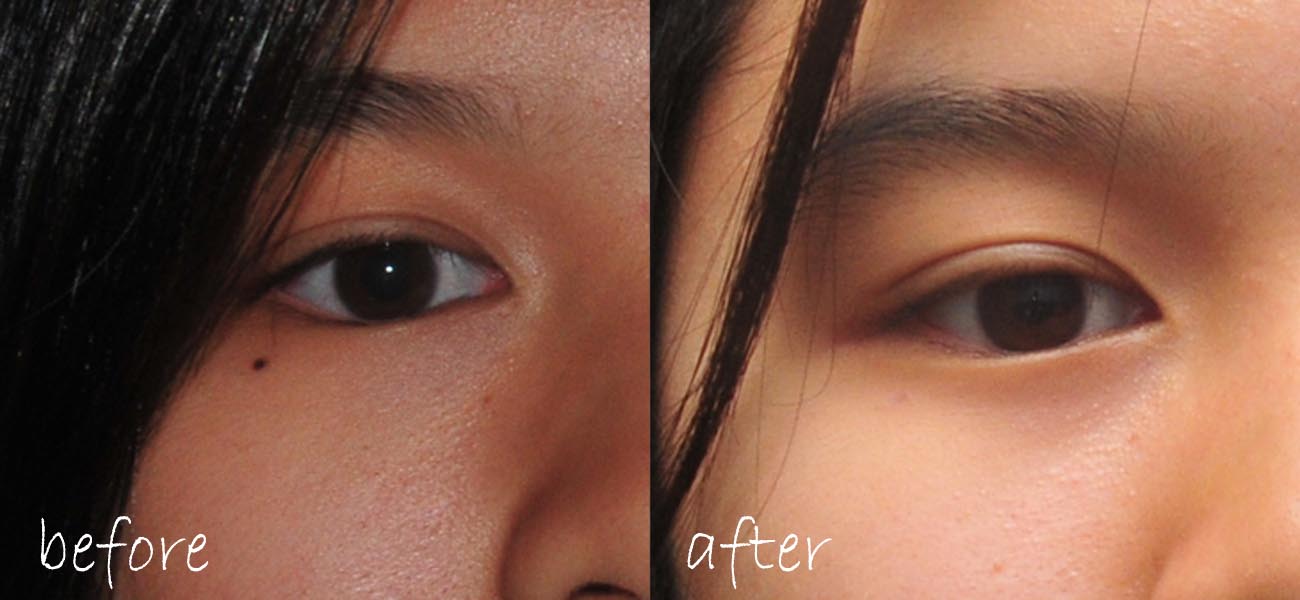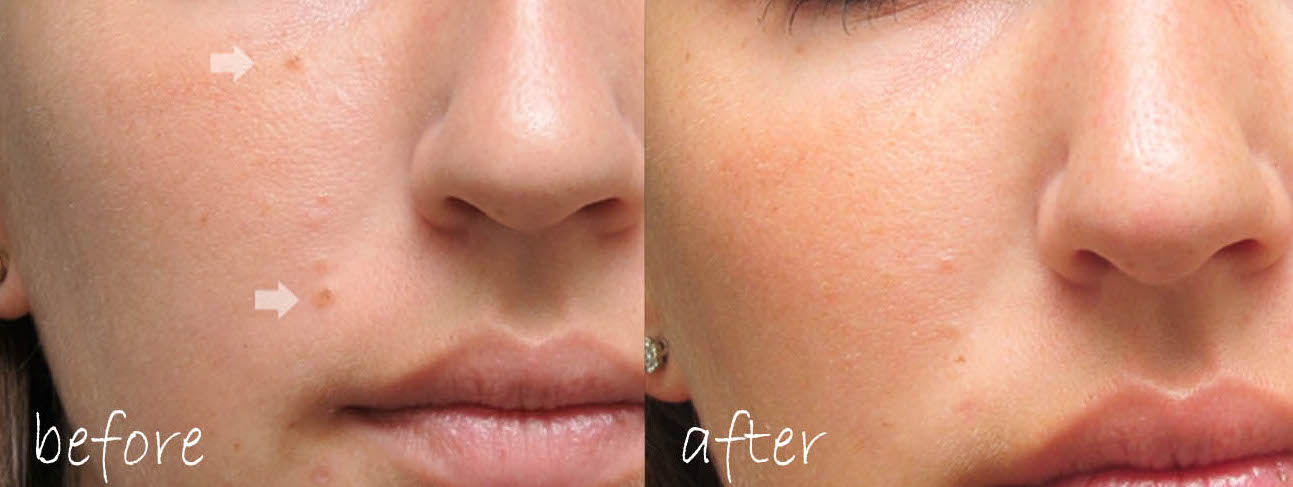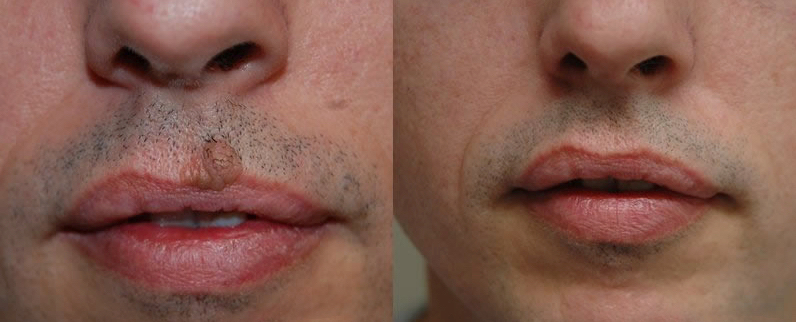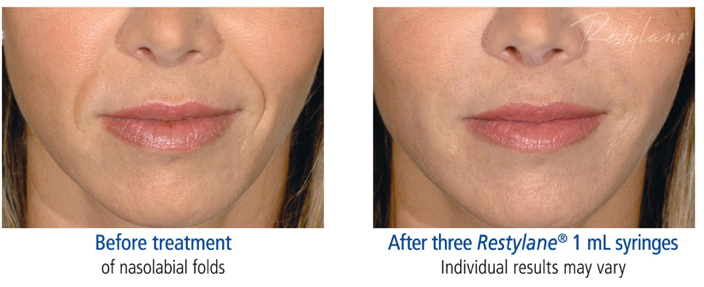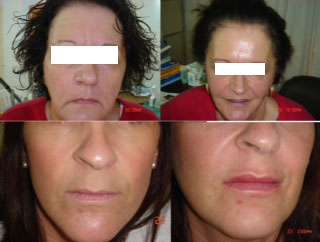Skin Tag
Skin Tag.A skin tag, medically known as acrochordon, is a small, benign flap of flesh-colored tissue that hangs off the skin by a small, narrow connecting stalk.
A skin tag, medically known as acrochordon, is a small, benign flap of flesh-colored tissue that hangs off the skin by a small, narrow connecting stalk. They are most often found where skin forms creases and rubs against skin, such as under the armpits, under the breasts, on the groin area, or on the neck and back. Skin tags can be up to half an inch long, though most are about the size of a grain of rice. They do not grow or change over time. Skin tags affect about 46% of the population, and are most commonly found in people who are overweight, have diabetes, and women who are pregnant.
Treatment:
Because skin tags are completely harmless and painless, treatment is not necessary unless for cosmetic purposes, or if they become an irritated by clothing, jewelry, or when shaving. If you desire treatment for your skin tags, Dr Bandukwala can perform several procedures. One option is to remove the skin tag by cutting it off with a scalpel. It can also be frozen off with liquid nitrogen, or burned off using electrosurgery, a way to burn the tag with an electric current. Treatment can be performed in Dr Bandukwala’s office, and is generally painless.

